Gesneriad Culture – Tips For Growing Gesneriad Plants
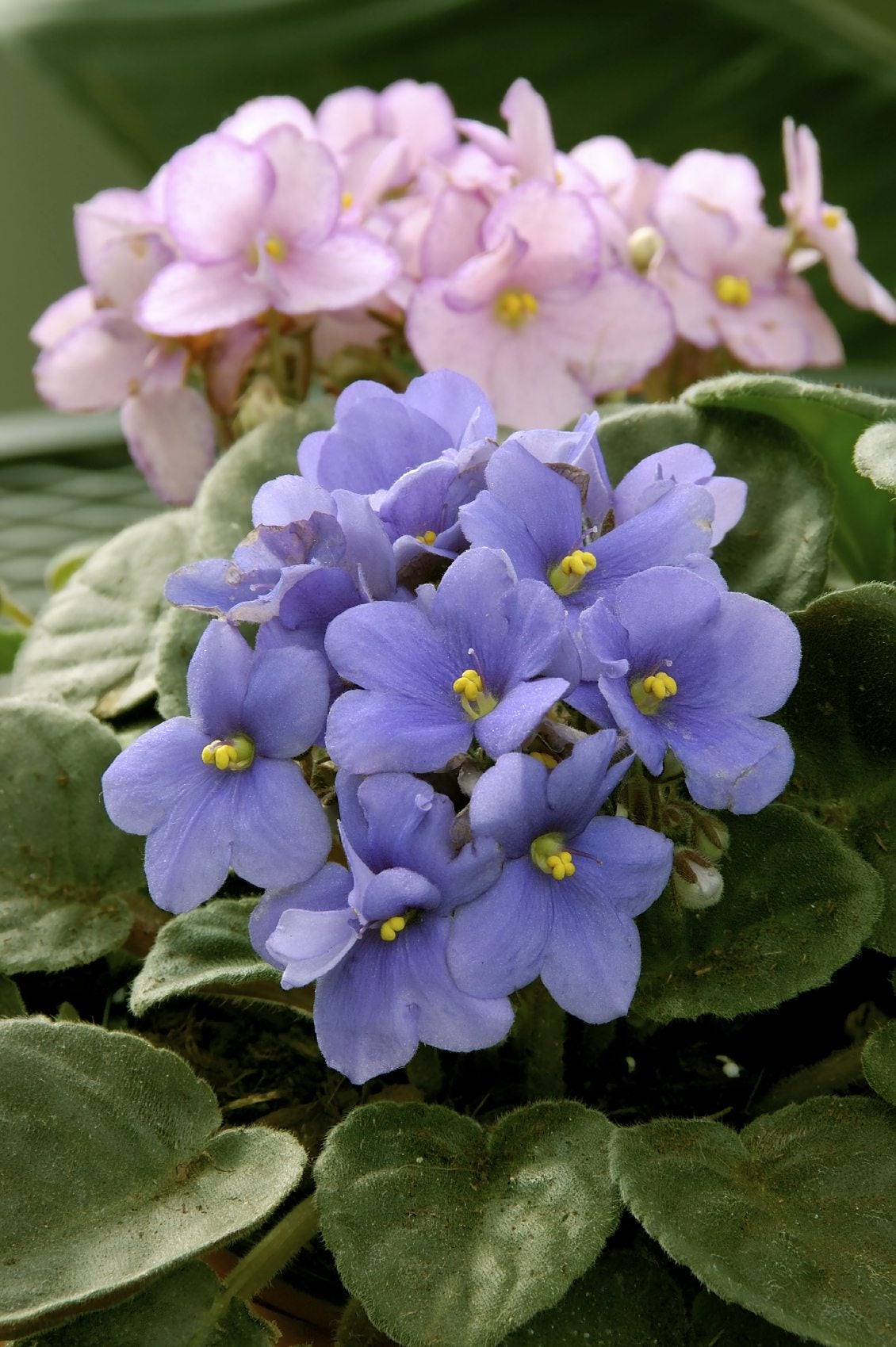

The only place you cannot find Gesneriads growing is Antarctica. The group is a large family of flora that encompasses over 3,000 species. What are gesneriads? That is a hard question to answer because the group is so diverse and unique. Simply put, gesneriads are tropical to sub-tropical plants with at least 300 types of gesneriads in cultivation. Some of these you would recognize, like African Violet and Gloxinia, but many are unique to certain parts of the world and have bold and wondrous forms.
What are Gesneriads?
Houseplant lovers will recognize many of the species in the Gesneriaceae family. Many of the plants make excellent indoor specimens and their wildly diverse forms make them a collector’s dream. Gesneriad culture can be challenging or stimulating, depending which way you look at it, but it is never dull. These plants often have sensitive systems to things like lighting, soil, and even water temperature and type, so growing gesneriad plants can be a challenge. This large family contains members which are terrestrial or epiphytic, heat lovers or fine in temperate zones, blooming plants and foliage stunners. The group is so diverse that it is impossible to come up with one descriptive trait that would fit all the species. The Gesneriaceae are widely distributed throughout the tropics of the world, with a number of species growing in temperate climates, especially at high altitudes in mountainous regions of Asia, Europe, and South America. There are Old World gerneriads and New World plants from South and Central America. Old World plants are from Asia, Africa, Europe, and Australia. The types of gesneriads are often classed by tribe, genera, and species but also by root. Rooting habits vary from fibrous to rooted, tuberous to rhizomous.
Growing Gesneriad Plants
Broad spectrum care information is the best that can be done for gesneriads due to their diversity of form and origin. It might help to know what the rooting system is for your plant to help determine its needs.
- Fibrous rooted plants grow easily and rapidly and grow year-round.
- Tuberous plants grow dormant if they are stressed or neglected.
- Gesneriads that are rhizomous, will also go dormant but are extremely well adapted to the home interior.
Not all plants are as picky as the African violet, which can’t get water on its leaves, but most of them have some sort of peculiarity. You can check out the Gesneriad Society for more specific information on gesneriad culture.
Overall Gesneriads Care
Gesneriads should be grown in indirect but bright light. Some will prefer hanging baskets if they have long dangling limbs, but others can just be grown in a pot. Use rain or distilled water, not tap water, as plants are sensitive to the chemicals in treated water. Use a balanced plant food in the growing season but suspend feeding in winter, as some plants go dormant. Keep the plant away from drafts and try to provide an average temperature of 60 to 80 degrees F. (15-26 C.). These plants also seem to thrive in high humidity which can be hard to achieve in the home interior. Use a dish under the pot filled with pebbles and water to provide extra moisture in the air as it evaporates. Gesneriads care will vary a bit by species. Pay attention to the root system and mimic the care you would give to other warm region plants with similar systems.
Gardening tips, videos, info and more delivered right to your inbox!
Sign up for the Gardening Know How newsletter today and receive a free copy of our e-book "How to Grow Delicious Tomatoes".

Bonnie Grant is a professional landscaper with a Certification in Urban Gardening. She has been gardening and writing for 15 years. A former professional chef, she has a passion for edible landscaping.
-
 Never Plant Seedlings Until They Pass These 3 Simple Tests
Never Plant Seedlings Until They Pass These 3 Simple TestsDon't be over-eager to transplant seedlings into the garden before they are ready. These quick and easy checks will help ensure flourishing plants.
By Mary Ellen Ellis
-
 Grow ‘Karl Rosenfield’ Peony Plants For The Ultimate Frilly Border Beauties And Cut Flowers
Grow ‘Karl Rosenfield’ Peony Plants For The Ultimate Frilly Border Beauties And Cut FlowersFor frilly double magenta peony petals infused with a heady fragrance, grow ‘Karl Rosenfield’ peony plants. Here’s how to cultivate the ultimate plushy blooms
By Tonya Barnett
-
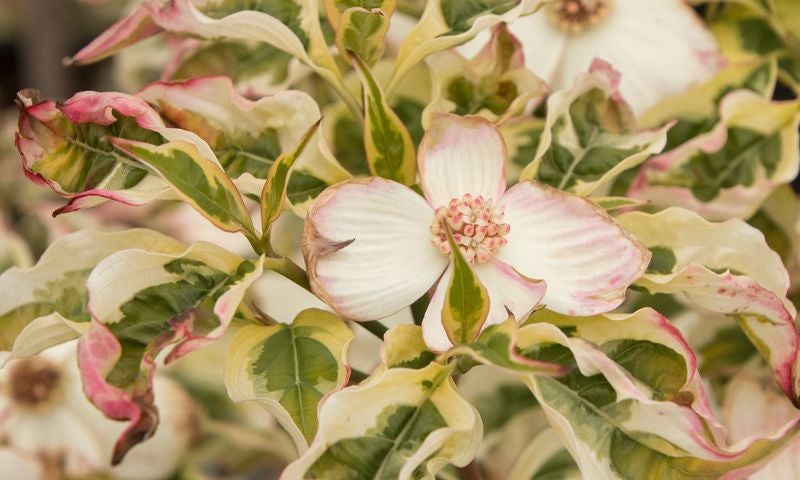 20 Hard-to-Find Spring Flowers & Plants That Look Amazing All Season
20 Hard-to-Find Spring Flowers & Plants That Look Amazing All SeasonIt’s finally beginning to look like spring! If you’re eager to find some unique, hard-to-find varietals to satisfy your spring fever, look here first.
By Caroline Bloomfield
-
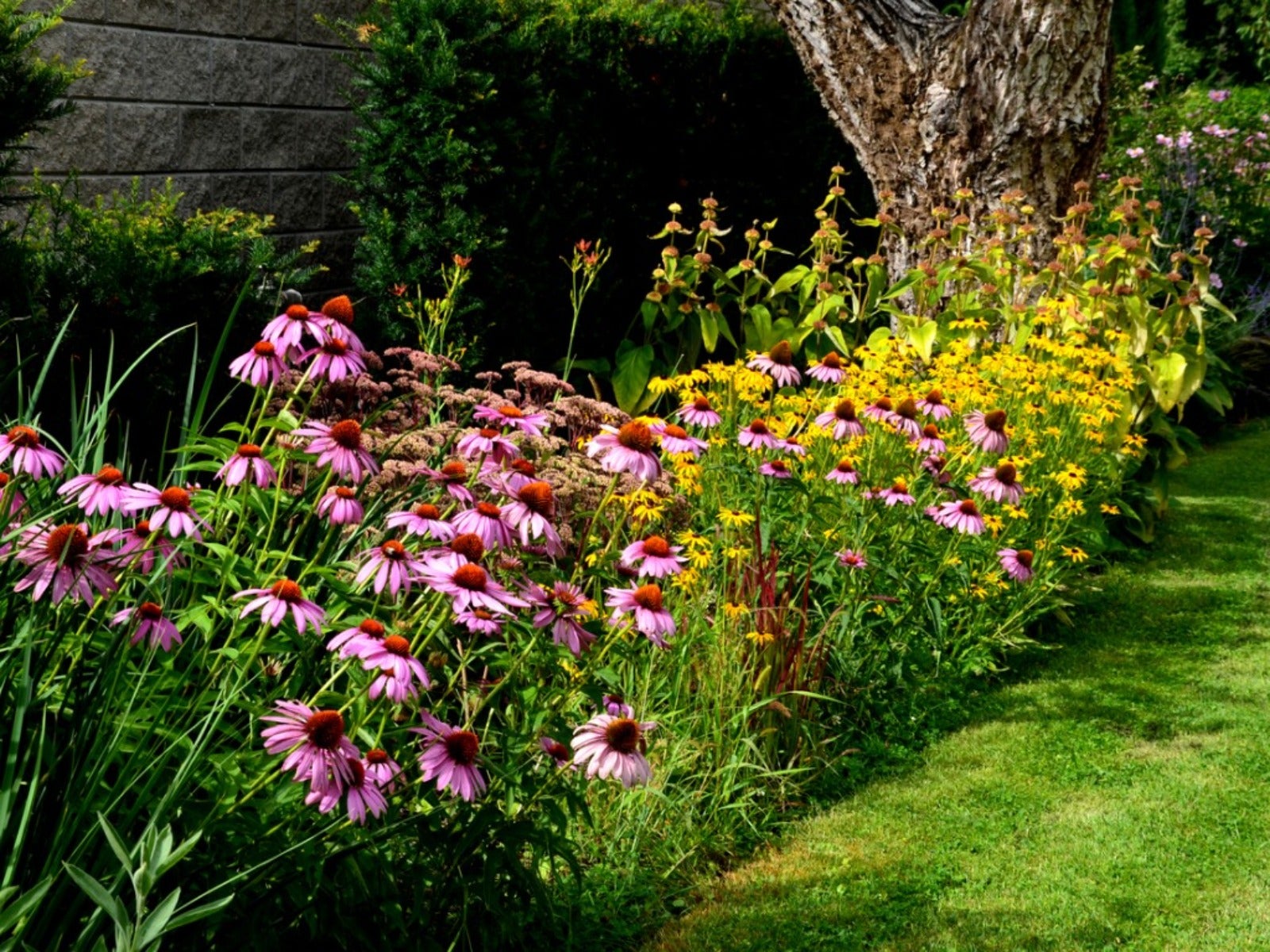 How Wildflower Strips Help Attract Pollinators To Your Yard
How Wildflower Strips Help Attract Pollinators To Your YardIf you have a small garden spot or strip available, fill it with wildflowers for our hungry pollinators. Click to learn more.
By Tonya Barnett
-
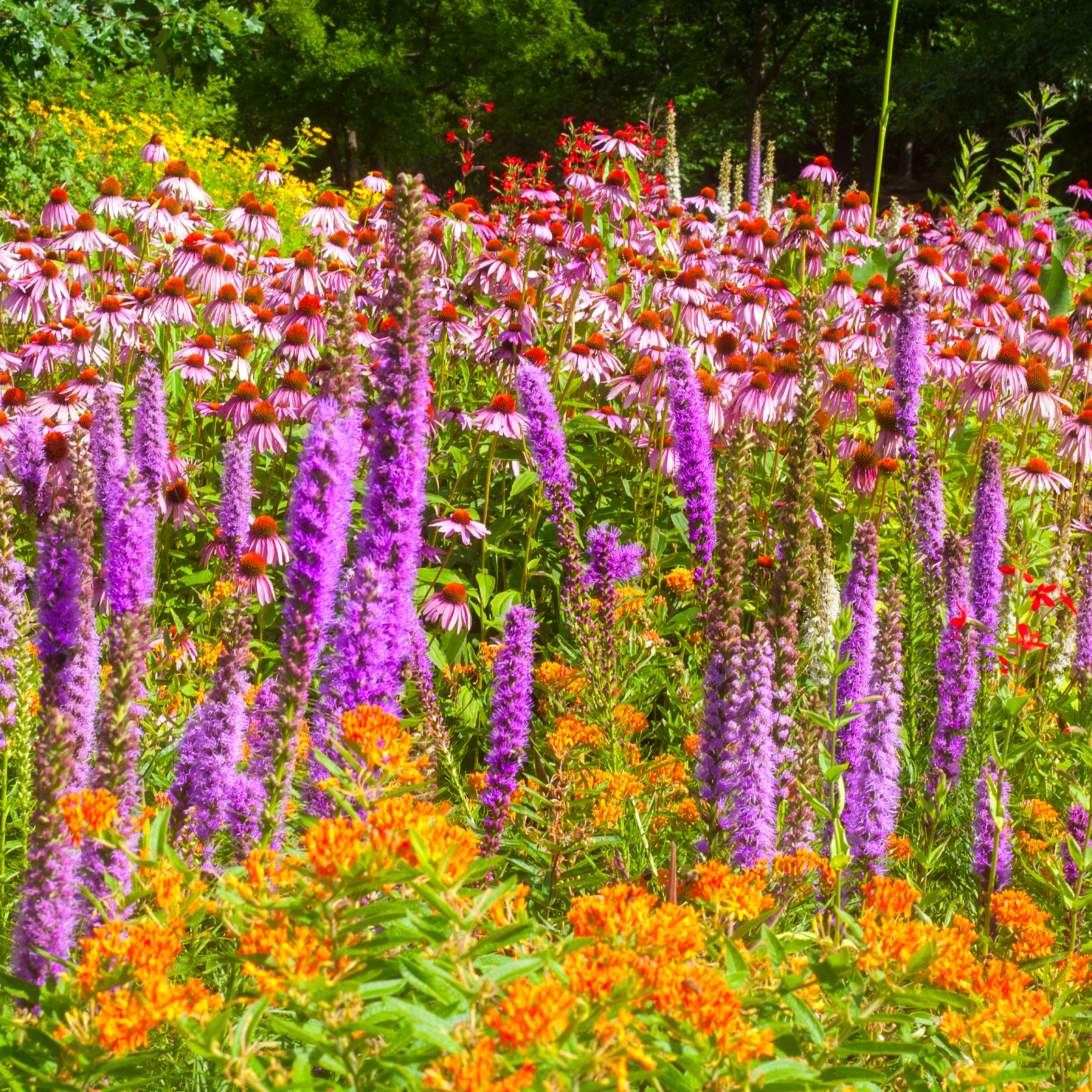 10 Knockout Native Flowers To Add A Punch Of Color To Your Garden
10 Knockout Native Flowers To Add A Punch Of Color To Your GardenGrowing native is the way to go. See our list of ten native wildflowers that will knock you out with color.
By Amy Grant
-
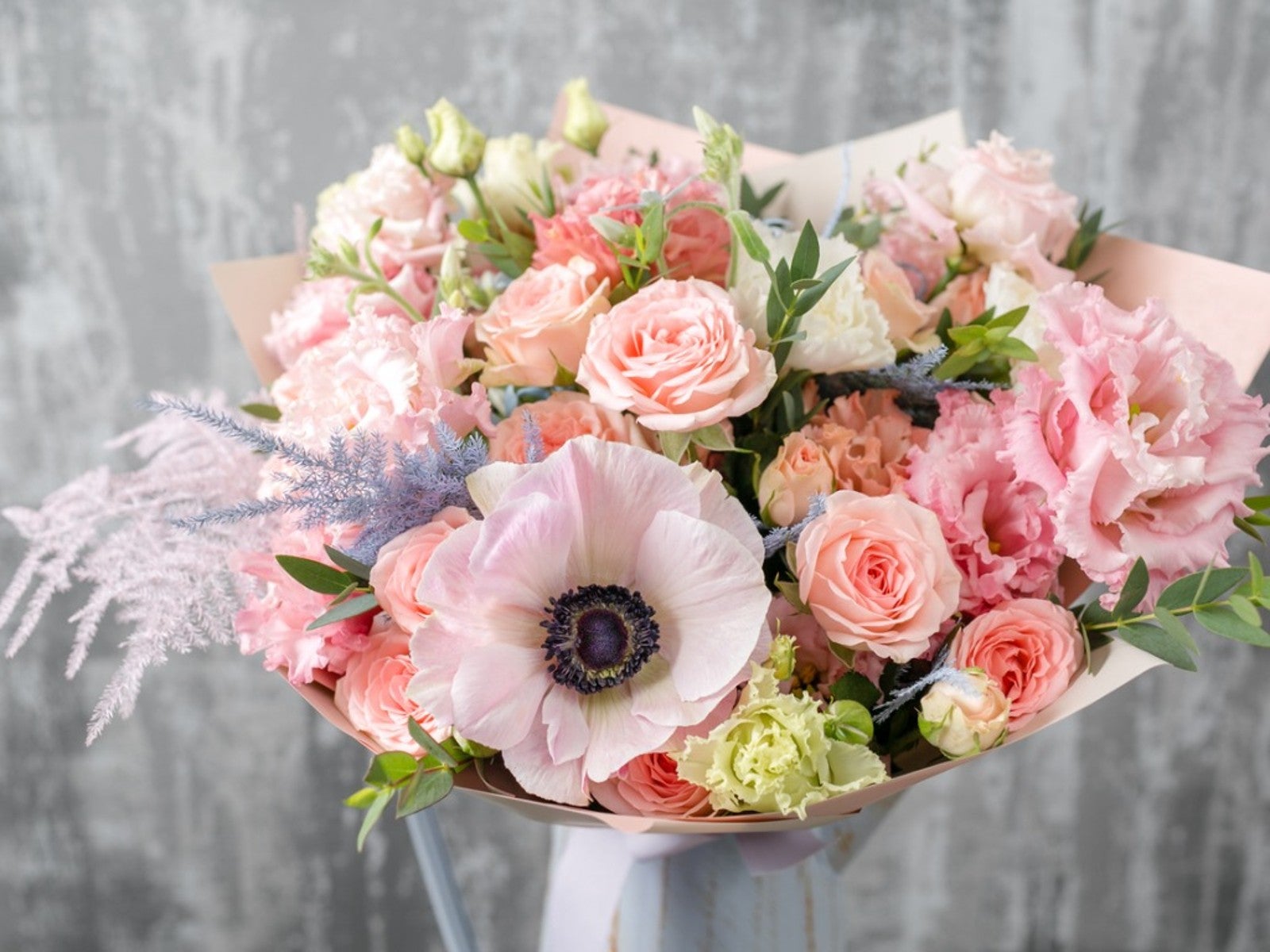 Pretty Plants For A Pastel Flower Bouquet
Pretty Plants For A Pastel Flower BouquetRoses aren’t the only romantic flower. Some romantic pastel flowers can fill in beautifully.
By Tonya Barnett
-
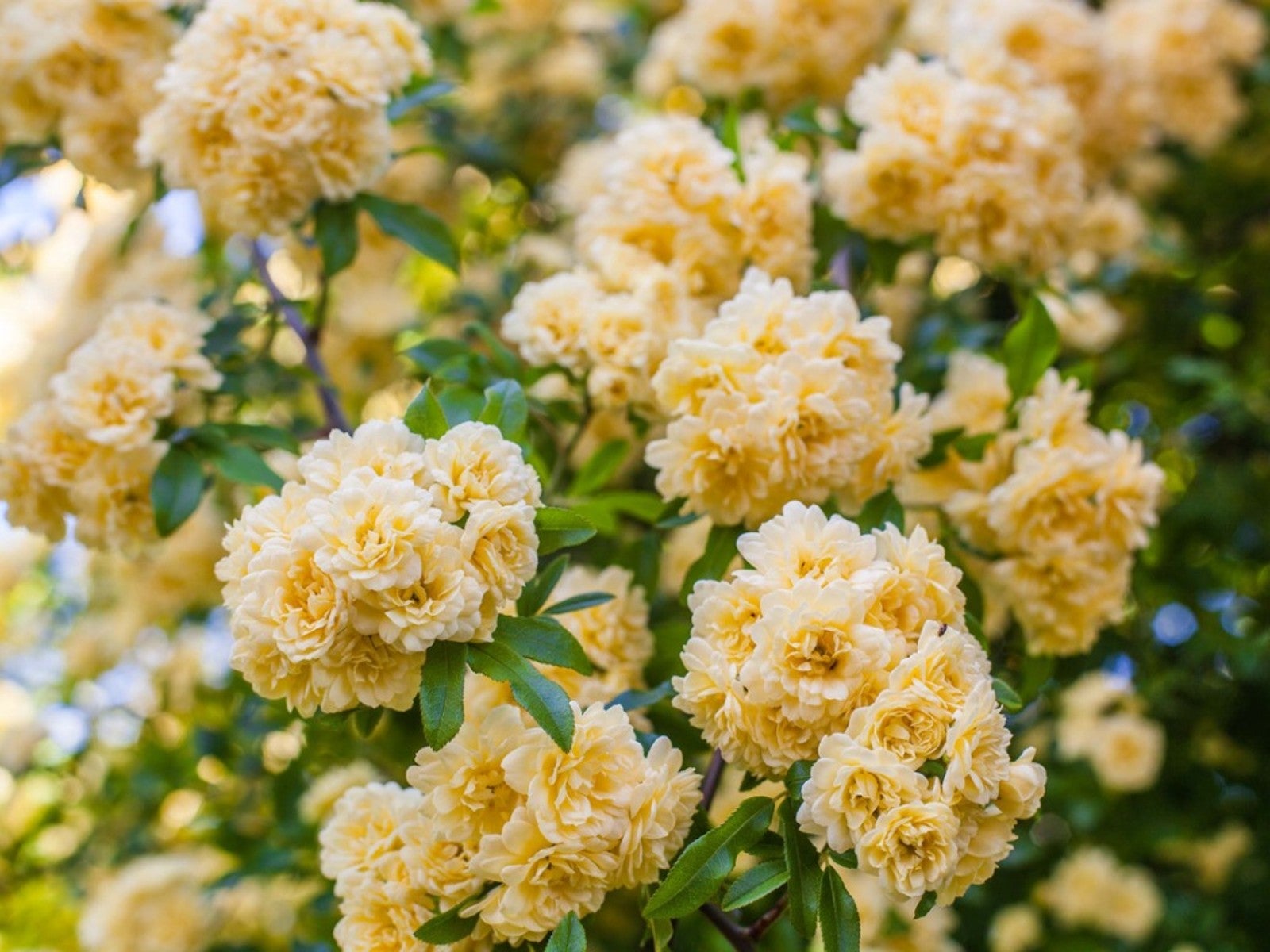 Soft Yellow Plants For A Sunny Pastel Garden
Soft Yellow Plants For A Sunny Pastel GardenClick here for ideas on some pale yellow flower varieties for pastel garden designs.
By Tonya Barnett
-
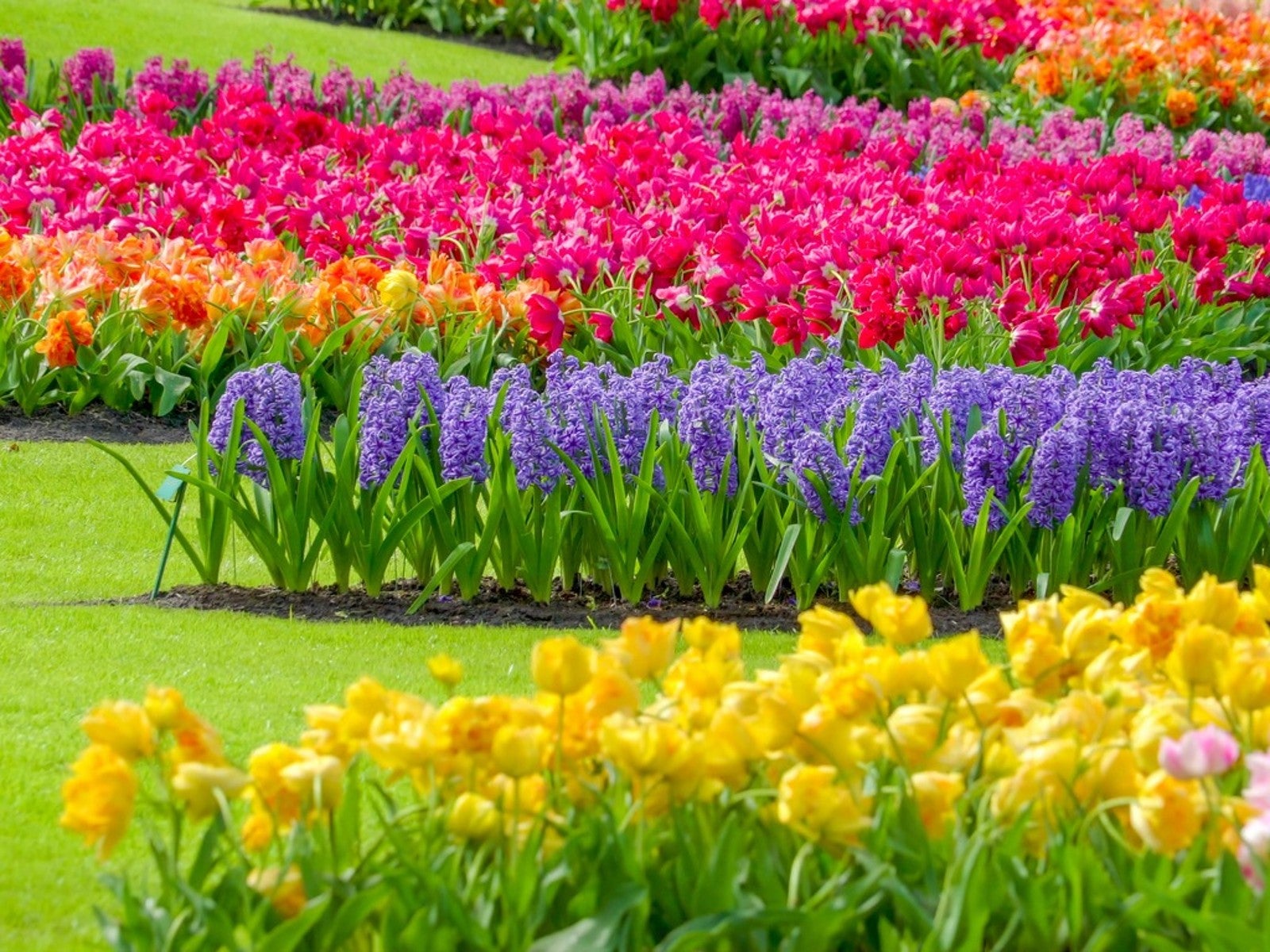 Most Common Flower Color In The World
Most Common Flower Color In The WorldWhat are the most common and least common flower colors in the world? Click here to find out.
By Mary Ellen Ellis
-
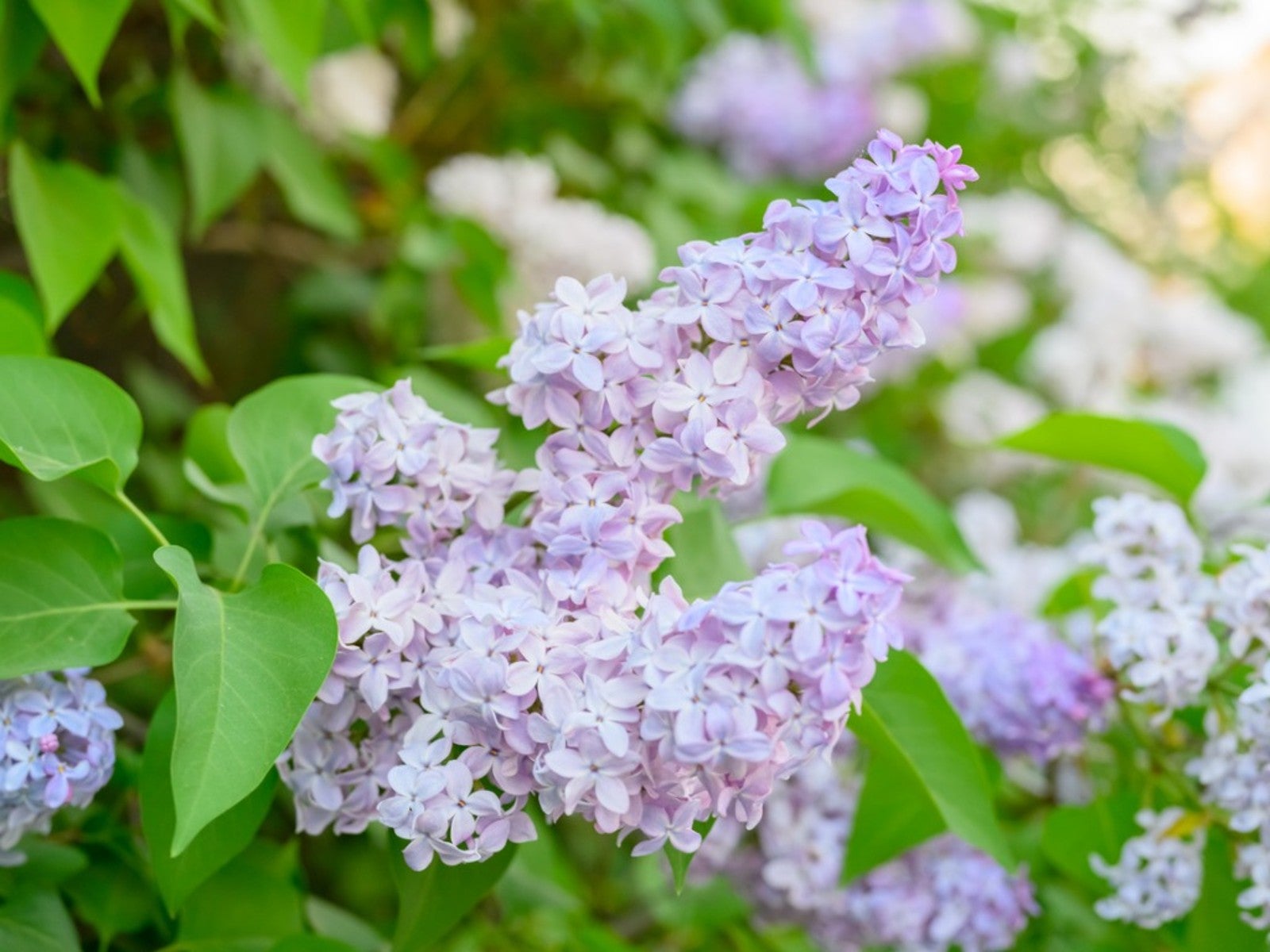 Pastel Plants For A Lovely, Light Purple Flower Garden
Pastel Plants For A Lovely, Light Purple Flower GardenClick here for ideas on some light purple plants for a pretty, pastel garden display.
By Tonya Barnett
-
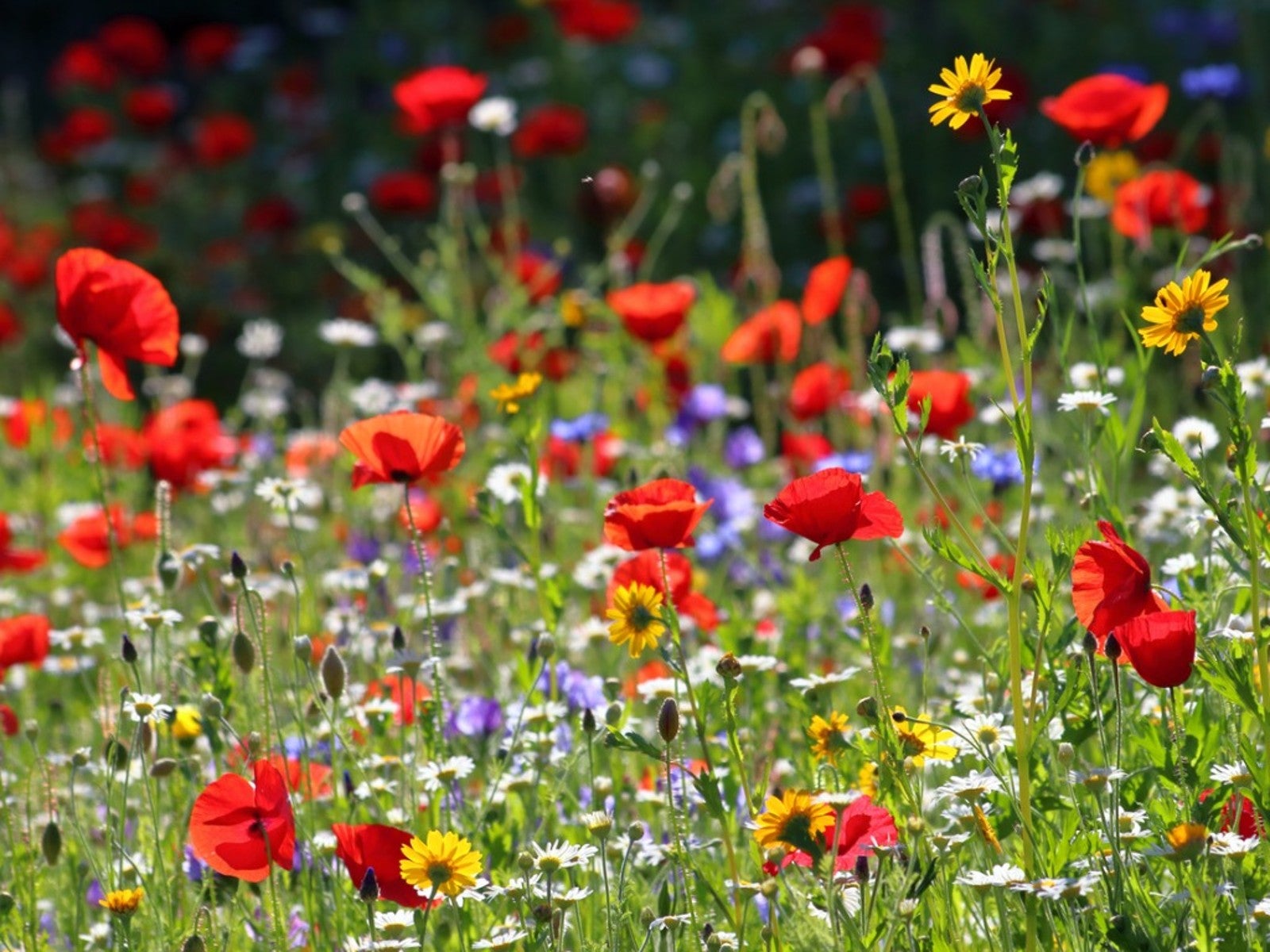 Plant Wildflower Seeds In Fall for A Stunning Spring Display
Plant Wildflower Seeds In Fall for A Stunning Spring DisplayCan you plant wildflower seeds in fall? What makes fall the best time to sow wildflower seeds? Click here for more.
By Tonya Barnett